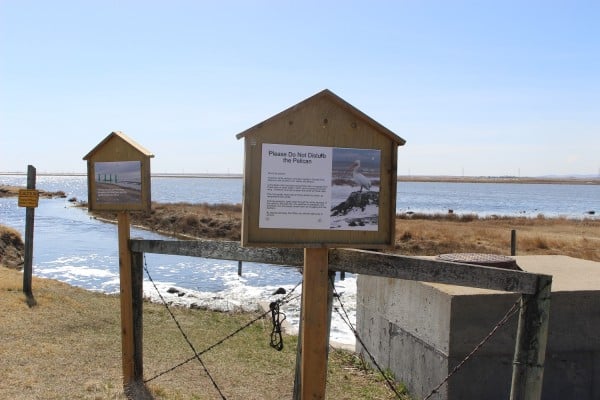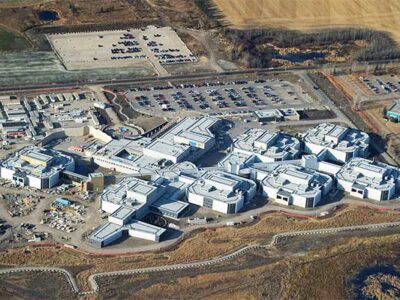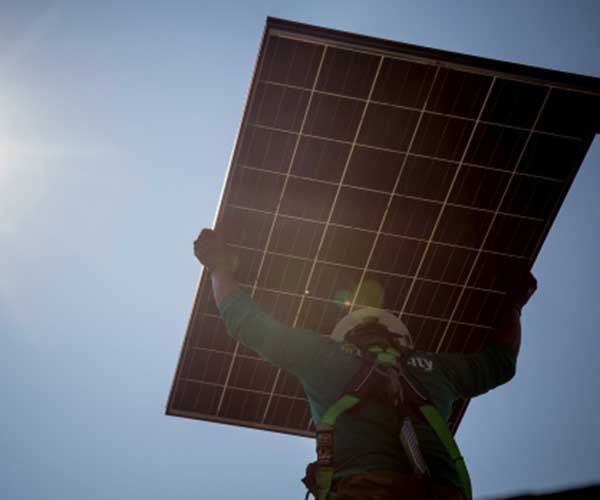- Foothills Solar Project was rejected due to the potential negative impact on bird populations.
- The project could generate 150 MW of electrical power and benefit the community and First Nations investors economically.
- Elemental Energy plans to review the AUC decision and move the project forward.
Earlier this year, I published a story on a solar project proposal near High River in Alberta.
The Foothills Solar Project aimed to reduce greenhouse gas emissions and benefit the community and First Nations investors economically. The plan was to install 435,000 ground-mounted photovoltaic panels and generate 150 MW of electrical power.
The project was expected to be finished by the end of 2024.
When the project was first proposed, there were concerns raised about its potential impact on endangered bird species in the area. Environmental activists, naturalists, and concerned citizens protested the project because it was too close to a prominent conservation area.
They argued that the proposed placement of the panels could jeopardize the safety of the 256 bird species, 60 of which are at risk, that call the Frank Lake wetland area home.
The Alberta Utilities Commission (AUC) recently turned down the proposal for the 1,500-acre solar farm, citing the potential negative effects on bird populations as their reasoning.
The commission was pleased with the proposed measures to lessen bird collisions with power lines. However, they expressed concerns about the suggested methods to reduce the potential hazards associated with the photovoltaic infrastructure. The Commission stated that the approval of the project could bring positive socioeconomic benefits for Cold Lake First Nations and pave the way for reconciliation between the Crown and the community.
Nevertheless, the project’s potential to cause significant bird fatalities and its impact on the Frank Lake IBA and its social and environmental values are unacceptable.
According to an independent environmental assessment conducted by Foothills Solar, the risks posed to birds could be minimized. The assessment stated that potential negative effects associated with the project could be mitigated through standard measures, best practices, and site- and species-specific mitigation.
Elemental Energy had also committed to an on-site monitoring program to better understand solar farms’ impact on bird populations. However, despite these efforts, the regulator ultimately sided with critics of the project, citing concerns about the solar farm’s impact on surrounding wildlife.
The AUC’s decision was well-received by the Alberta Wilderness Association, which emphasized the importance of properly locating renewable energy projects.
Ruiping Luo, the AWA Conservation Specialist, stated that while they appreciate such projects, Frank Lake’s international significance to nesting and migrating birds must be considered.
Development in the area could pose a significant risk to bird and wildlife populations. However, despite the AUC’s decision, a company spokesperson from Elemental Energy noted that they are not fully abandoning the project.
“While we are disappointed in the decision, we are continuing to work with our project partners Cold Lake First Nations and other stakeholders to review the AUC decision and identify opportunities to move the Foothills Solar Project forward,” Daniel Eaton said in an email statement to the Calgary Herald.
It’s possible that we’ll hear more about the Foothills Solar Project in the upcoming months as Elemental Energy works to advance it.

















Comments